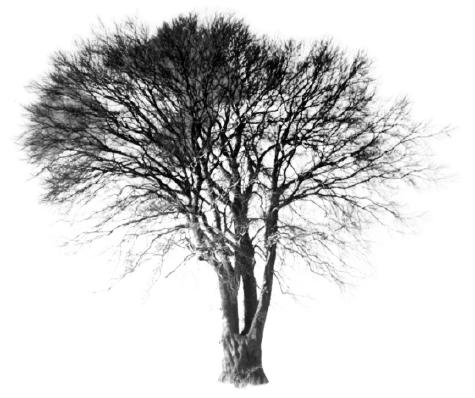The Stress-Profile
Every day we experience stressful situations. But we do not always perceive these situations as stressful. On the contrary, we deal with most of them in a motivated and target-oriented way without feeling stressed. This is due to the fact that we perceive stress mostly when it has negative effects on our behavior, our needs, targets or our health. This perception is individual, just like the triggering stressors. A stressor that has non-productive effects on one person may have productive or motivating ones on another. Apart from the dose of stress and the number of stressors this is determined by their individual stress management skills.
People who develop an awareness for stress management skills and more self-confidence, cannot only identify their stressors but also know how to deal with them.
Individual learnings:
- Identify your current stressors
- Determine how much stress is stimulating, motivating or challenging for you
- Determine your “Job-related Stress Indicator”
- Take a critical look at your stress-related behavior
- Develop stress management skills
- Develop your awareness of stress, in order to deal with difficult situations successfully
- Turn non-productive stress into productive stress
The scientific background
The research behind the Stress Profile and model is based on John Geier and Dorothy Downey’s studies initially carried out from 1993 and onwards at University of Wisconsin. These studies further elaborated on the psychologist Shelly Taylors testing on rats previously at the University of California. 2400 respondents were exposed in 6235 stress situations. These situations were consolidated in a cluster of 125. This lead to identification of 11 significant behavioral patterns
Furthermore it lead to identification of 11 job-stressors and 8 private stressors. As a result a model, was developed. The ongoing statistics of the model is carried out by Renate Wittmann and Lana Ott at persolog GmbH in Baden-Wüttemberg, Germany.
From stress to flow – the same energies:
“Stress is the result of a cognitive-subjective evaluation of external and internal demands and the possibilities to deal with them (resources) as perceived by the person.” Lazarus and Folkman (1984)
Job-related stress indicators:
OC – Over-control
OR – Mental overload
LS – Lack of support
SR – Strong pressure due to responsibility
UD – Unclear division of tasks
US – Uncertain job situation
SC – Social conflicts at work
LR – Lack of recognition
SD – Limited scope of decision
HS – High self-expectations
SA – Limited scope of action
The jobrelated stressors can be visiualized in the figure below.



Private stressors
Partnership
Self-concept
Family
Health
Parenthood
Social relations
Financial security
Household



